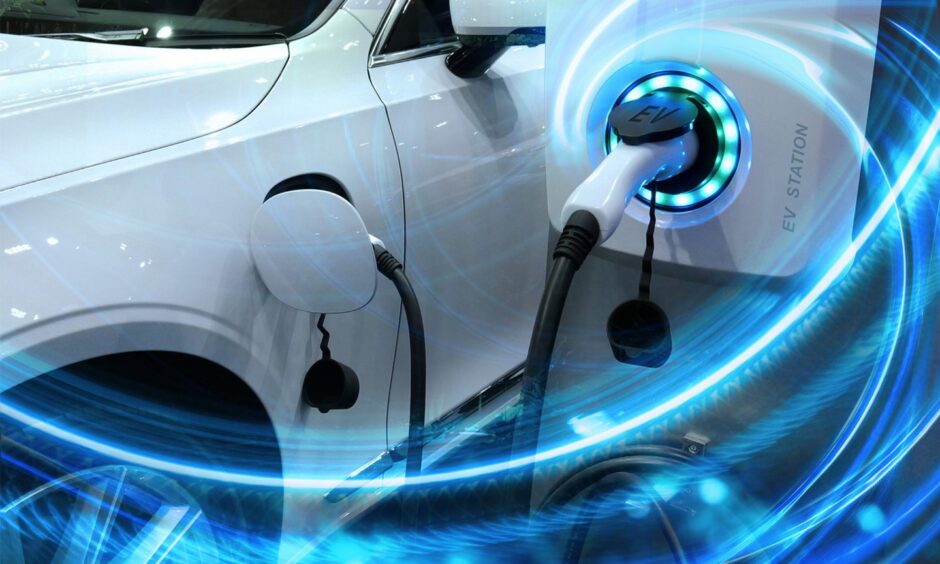
EV drivers in Fife have access to only a third of the rapid chargers installed in Dundee, Perth and Kinross or Angus.
Fife Council has only installed eight rapid chargers on the Charge Place Scotland network, compared to 23 and 26 in neighbouring local authority areas.
Lack of access to the fastest chargers could slow the spread of electric vehicles (EVs) in the Kingdom – threatening work to reduce emissions – and risks damaging the local economy as an increasing number of drivers go electric.
Angus electric car driver Mike Devine said: “Fife has a population roughly three times that of Angus and yet Angus has approximately three times as many rapid chargers as Fife.
“Those figures are a testament to how poorly Fife Council has performed.”
Angus EV driver says figures are ‘poor’
Mike Devine is a retired lawyer based in Angus. He is a frequent visitor to Fife because he has a static caravan based near St Andrews.
He said the offering of rapid chargers in Fife is “poor”.
“There are only two council rapid chargers in north Fife, both in St Andrews, one of which is a very early model and prone to fault.”
The two rapid chargers are based in Petheram Bridge car park.
But Mike said they are rarely available.
He added: “The significant influx of visitors to the town results in constant demand with many unable to get the charge they want or need.”
There just aren’t enough of the rapid ones in Fife, according to Mike.
And the slow ones? They don’t prove very popular.
Getting a full charge on a slow charger can take 6-12 hours.
Mike continued: “My observation is that the slower chargers, particularly in Cupar, are seldom in use.
“Dundee enjoys an international reputation in connection with the provision of charging facilities.
“I live in Angus, where each of the main towns has at least two rapid chargers, and even the smaller centres such as Letham, Friockheim and Birkhill each have one as well as slower chargers.”
Rapid charger numbers per area
There are four main types of EV chargers, according to Zap Map.
Those are slow chargers, fast chargers, rapid and ultra-rapid.
Rapid (chargers with 50 kW DC charging or 43 kW AC charging) are popular among electric car drivers, though there are fewer of these. These are also ten times more expensive to install than the 7kW or 22kW.
Using data from Charge Place Scotland (CPS) we collated the number of rapid chargers in each local authority.
Bear in mind that CPS only accounts some of the EV chargers, and there are chargers available on other networks.
There are 28 CPS rapid chargers in Dundee.
Perth and Kinross has the second highest total at 26.
Angus has 23 CPS rapid chargers.
And in Fife, there are just eight CPS rapid chargers.
This means people driving electric cars in Fife will typically have to wait longer to charge up their vehicles.
Fife has the third largest population in Scotland, second only to Edinburgh and Glasgow.
Yet there are only eight CPS rapid chargers in the Kingdom.
Why has Fife ‘underperformed’?
The experts at EVA (Electric Vehicle Association) Scotland agreed that Fife has underperformed.
Neil Swanson, director of EVA Scotland, said it isn’t as simple as it seems.
The EVA refer to rapid chargers as “journey chargers”.
“I think they have underperformed, but it’s not as simple as they have not delivered enough Journey Chargers.”
Providing enough EV chargers across Fife is a “big challenge”, according to Neil.
“Comparisons between localities [are] always difficult,” Neil added, “as different needs depend on local geography, housing and journeys.
“Within Fife, Glenrothes presents a challenge for private charging in many neighbourhoods due to the form of town planning. Similar issues exist for older town centres such as Cupar and St Andrews.
“Many drivers in Fife can and do charge at home, reducing demand for journey charging and on-street charging, helping allow a balanced approach to investment.
“The need to provide equitable access to lower cost off-peak energy to those who cannot charge at home is essential for a just transition.”
Neil added that rapid chargers bring with them other problems. Many EV drivers need to have a “behavioural change” as charging cannot be treated the same way as re-fuelling.
“Slow charging is better for the environment [and] it’s better for the grid.”
For every rapid charger, 8 fast chargers could be installed
Charge Place Scotland has data showing the EV chargers on their network across Scotland.
We collated the CPS rapid charger locations across Fife.
Jane Findlay, Fife Council’s lead consultant for climate change, explained that Fife’s public EV charging network has been installed using grant funding from Transport Scotland.
Depending on power supply costs, rapid charger installation is so costly that eight fast chargers could be installed for the price of one rapid.
Jane said: “We decide the location of charging units in liaison with EVA Scotland, local users, businesses, local councillors and Transport Scotland.
“We’ve considered the types of electric vehicles using our network. As not all electric vehicles are capable of charging at rates greater than 7kW, this was seen as the best way of proving charge points that were suitable for as many users as possible.”
Breakdown of EV charger types
Rapid and ultra-rapid chargers:
- 50 kW DC charging or 43 kW AC charging
- Ultra rapid chargers use 100+ kW DC
- Both typically charge an EV to 80% in 20 minutes to an hour
- These are also known as journey chargers
Fast chargers:
- Fast chargers are typically rated at either 7 kW or 22 kW
- A 7 kW charger will typically recharge an EV in 4-6 hours, and a 22 kW charger in 1-2 hours
- These are also known as destination chargers
Slow chargers:
- 3 kW – 6 kW slow charging
- Getting a full charge on one of these slow chargers can take 6-12 hours
- Many drivers with at-home chargers will charge their EVs this way overnight
- These are also known as home or workplace chargers
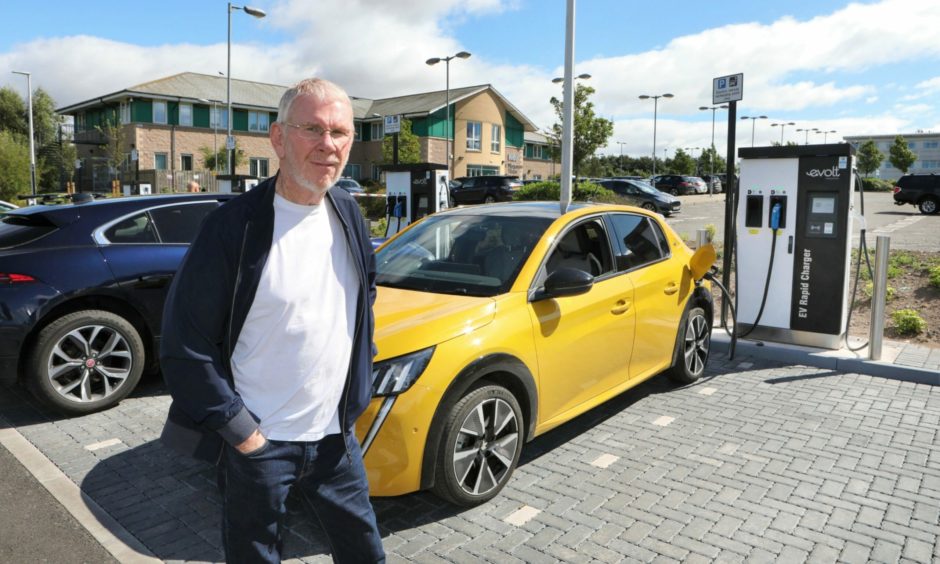
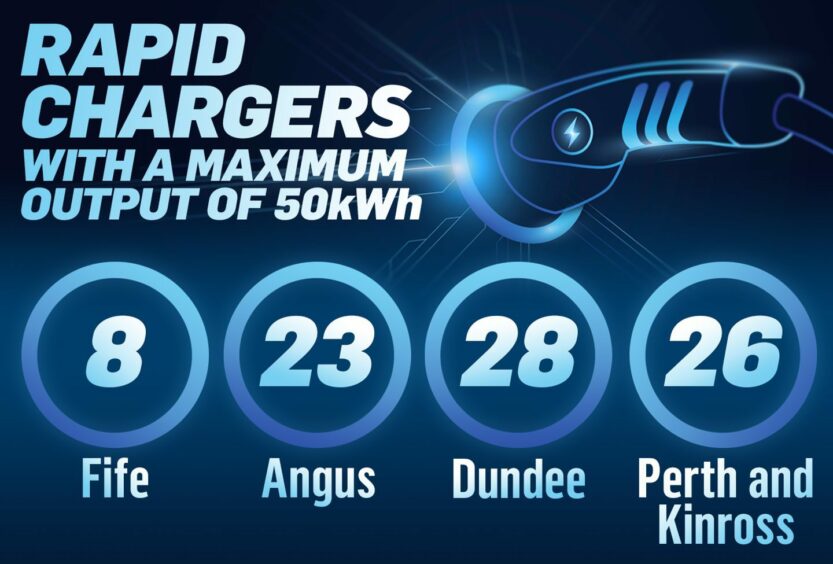

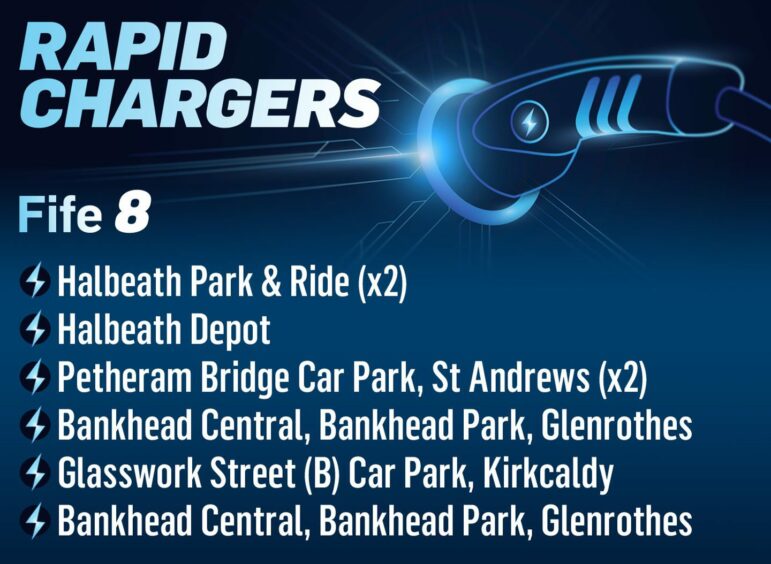
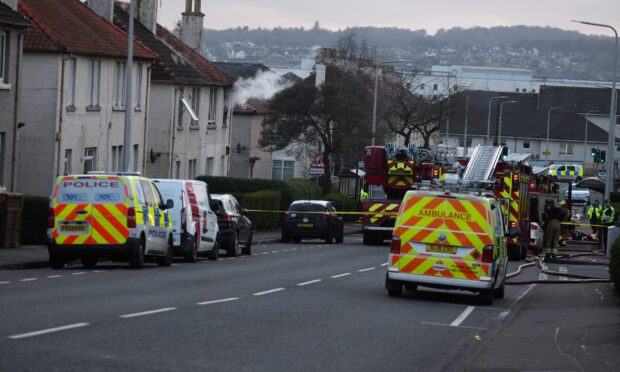



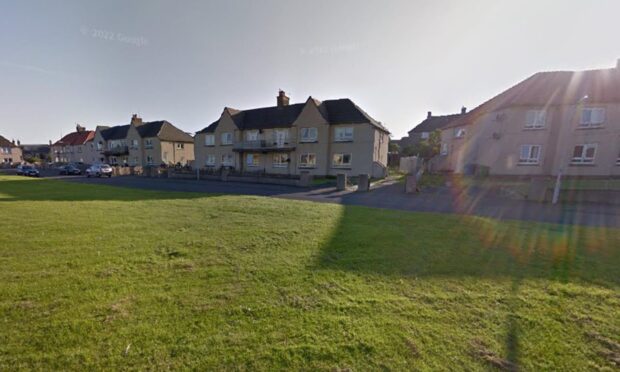

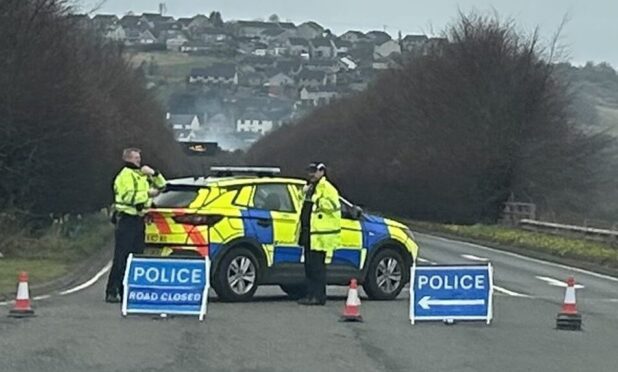
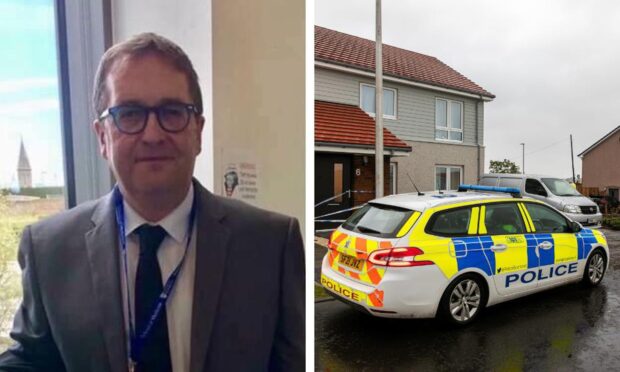


Conversation